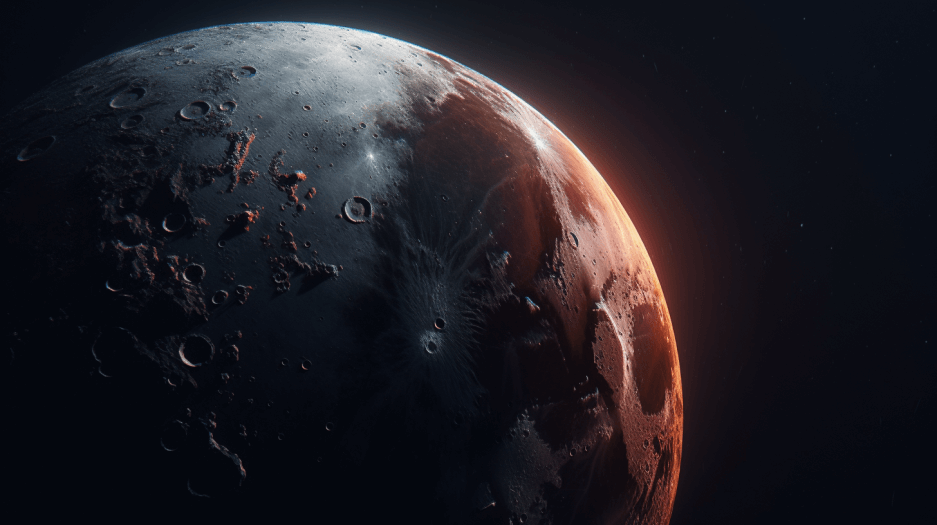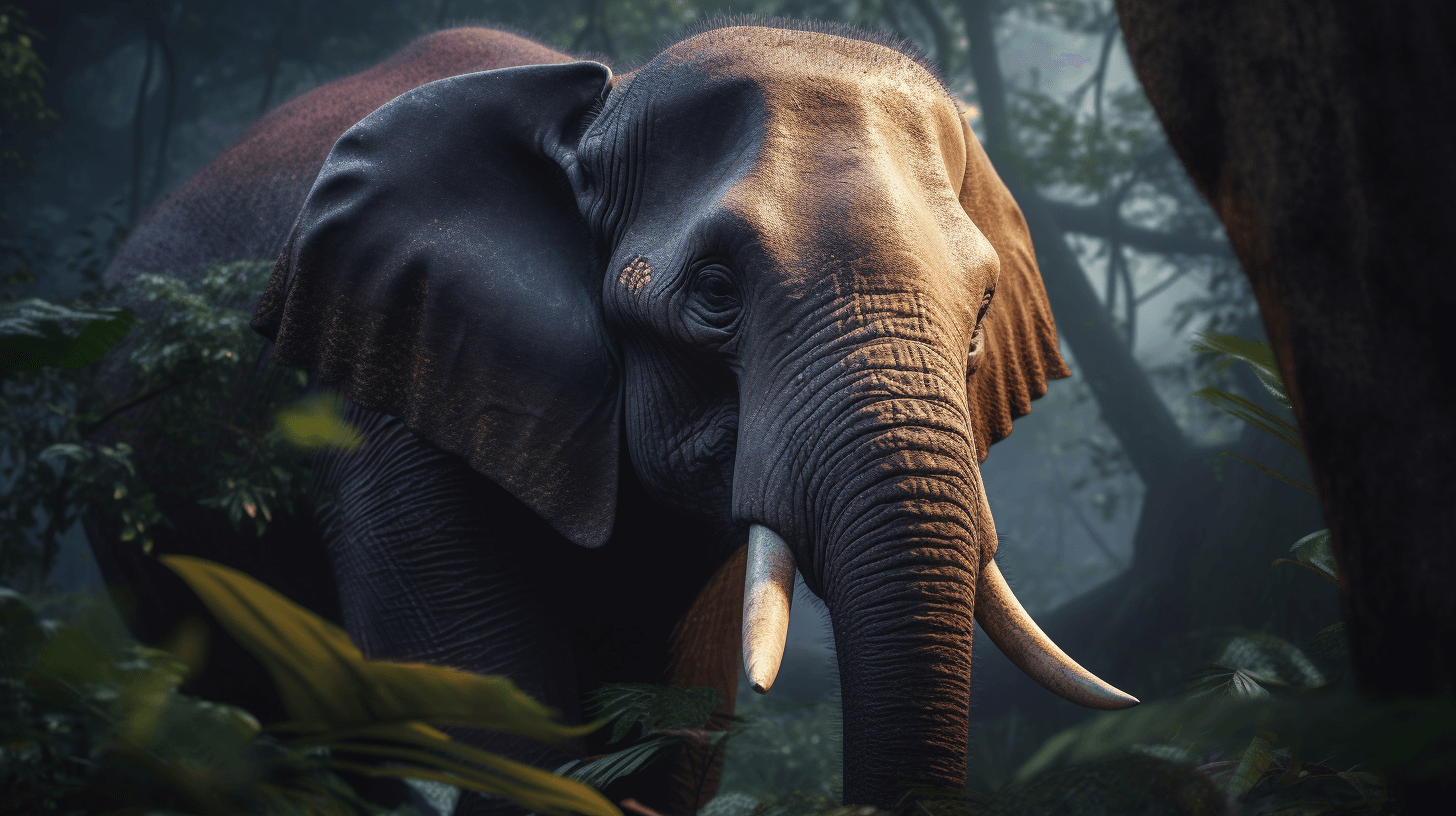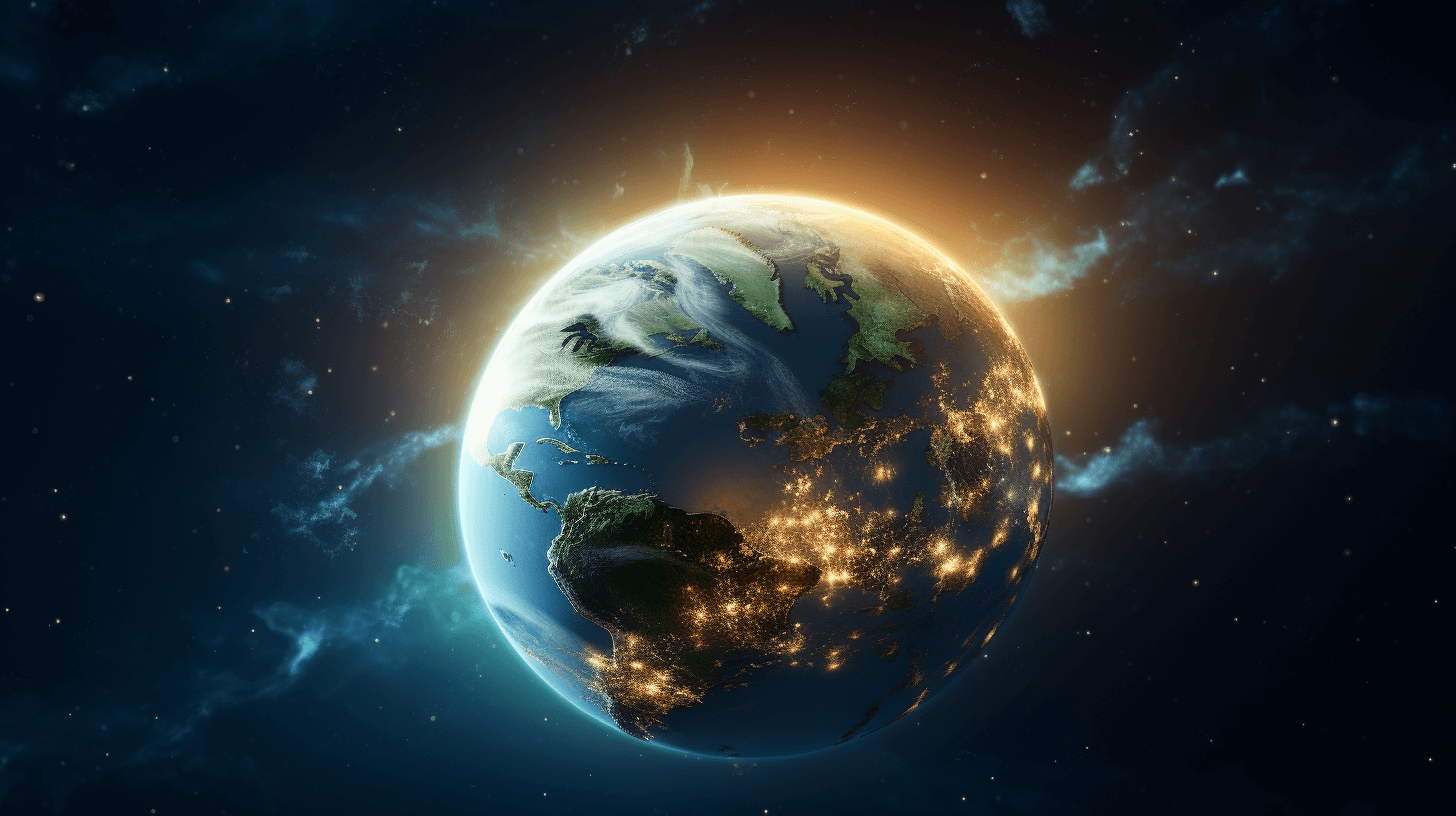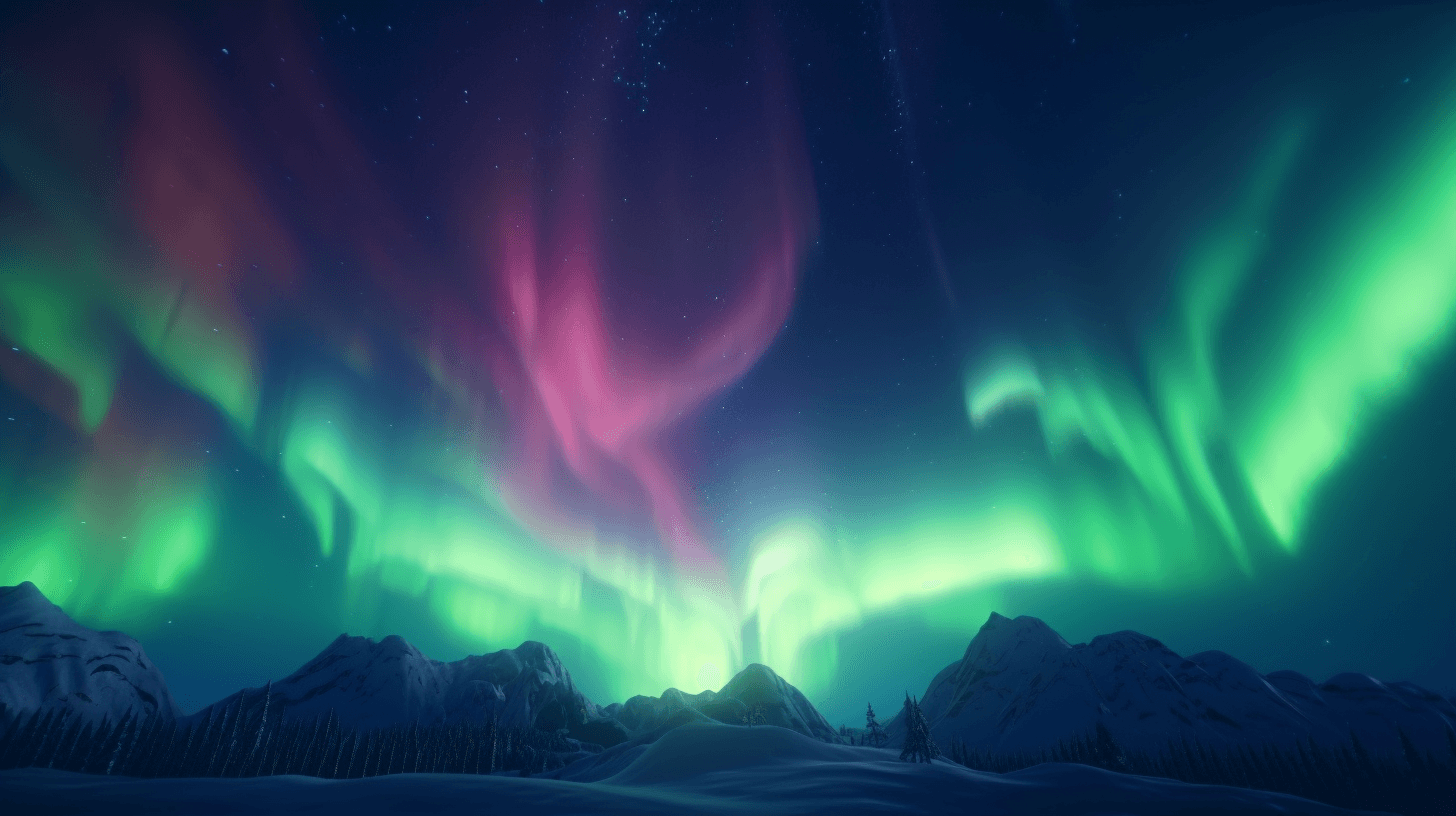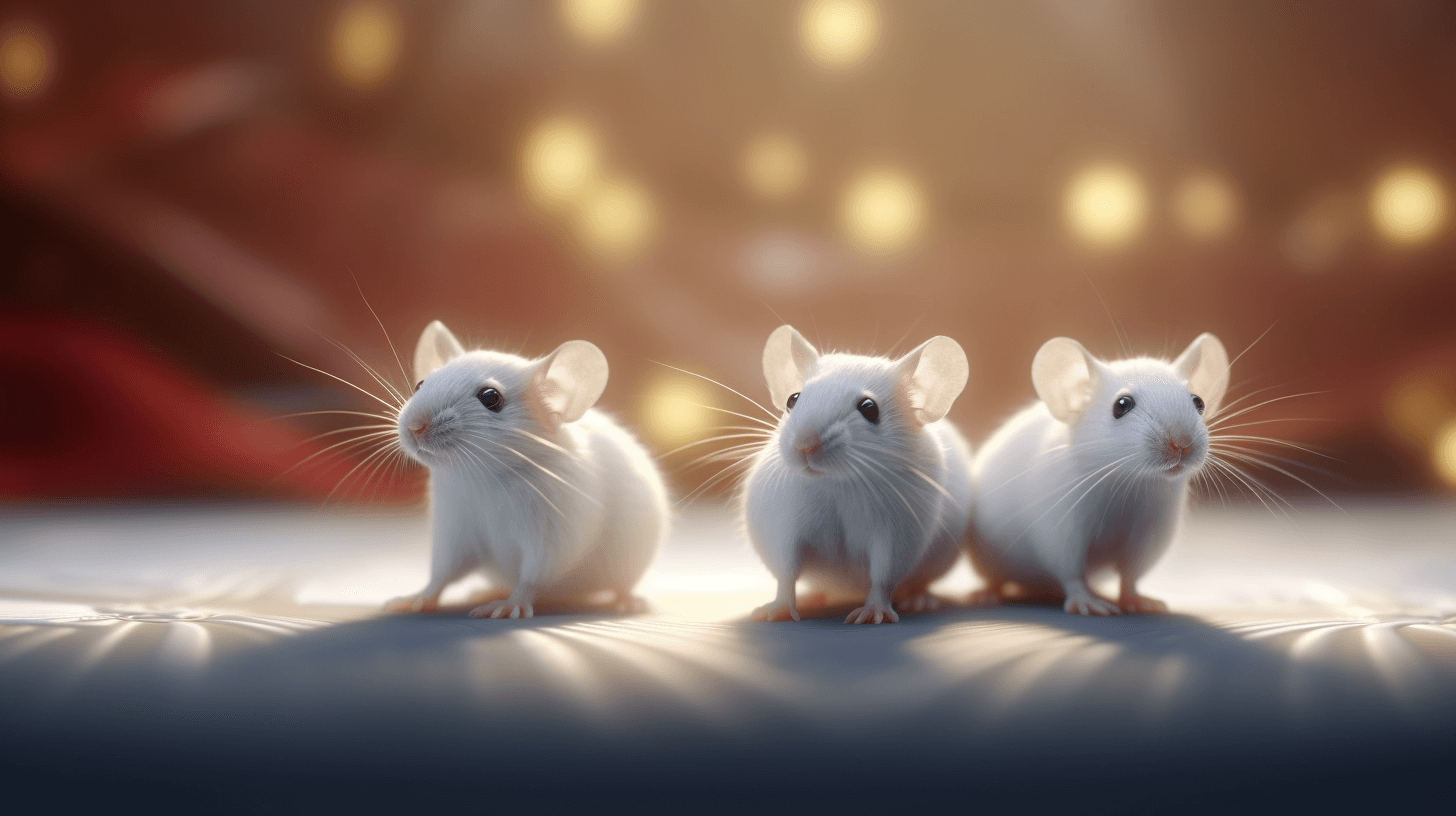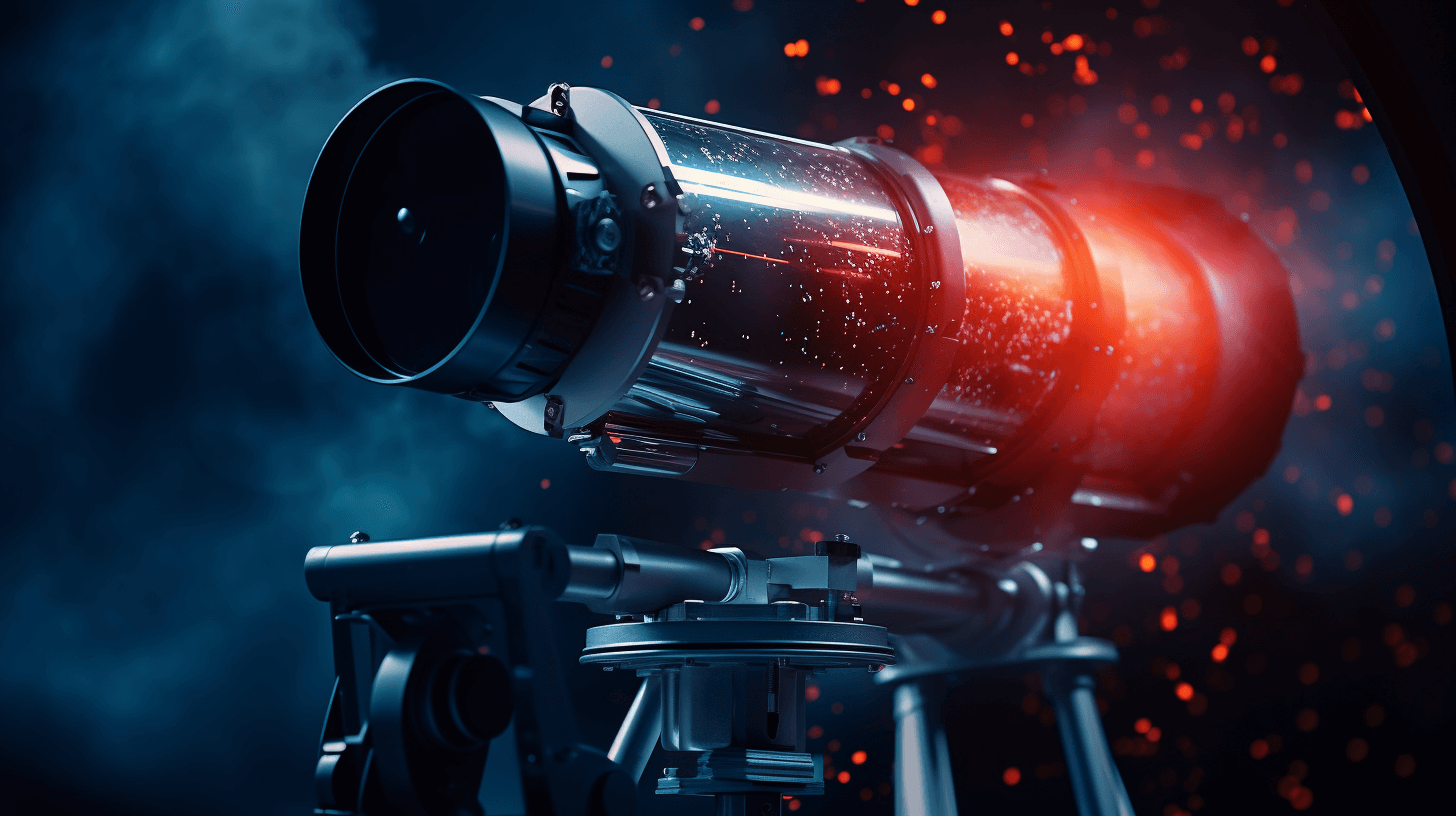🌺🌕 Pau Hana Da Flowah Moon Lunar Eclipse, Stay Cool Brah! 🌒🤙
May 5 wen get one special event up in da sky: da Flowah Moon Lunar Eclipse. Dis kine lunar eclipse only wen show up fo’ da Eastern Hemisphere, but no worry cuz plenny people stay watch ‘um online in real time fo’ free. 🌕💻
Da Flowah Moon wen rise on Friday (May 5) at 11:15 a.m. EDT (1515 GMT), and da lunar eclipse wen start as da moon wen cruise into da outa edge of Earth’s shadow. Dis kine lunar eclipse called penumbral, so skywatchers wen see da moon get dark but no disappear completely. Da show wen hit da peak at 1:24 p.m. EDT (1724 GMT), and wen pau at 3:32 p.m. EDT (1932 GMT). 🌒🕒
Fo’ da braddahs and sistahs living in da Western Hemisphere, no can see dis event live. But no worry, cuz da Virtual Telescope Project wen host one free livestream of da lunar eclipse of da full Flowah Moon. Dey wen start da livestream at 2:45 p.m. EDT (1845 GMT) on Friday (May 5). You can watch ‘um on https://www.virtualtelescope.eu/webtv/ or https://www.youtube.com/@GianMasiVirtualTelescope. 📺🔭
Da sun, Earth, and da moon wen line up straight fo’ da lunar eclipse. Da Earth stay in da middle, so wen block da sun’s light and make one shadow on top da moon. Dis kine eclipse called penumbral, named afta da part of Earth’s shadow dat stay show up on da moon. Da umbra stay da darkest part of da shadow, and da penumbra stay da lighter part, not all dark kine. 🌎🌑🌞
So dis eclipse no stay dramatic like one total eclipse, wea da whole moon’s face stay dark. Skywatchers wen see one dark gray or brownish shadow on top part of da moon’s face, covering up to 94.6% of da moon wen da eclipse stay at da peak. 🌚🔦
Lunar eclipses make fo’ interesting observations of da moon’s features cuz da Earth’s shadow stay move across ‘um. If you like get up close and personal wit da moon during one eclipse, no fo’get fo’ check out da best telescopes and best binoculars. 🌙🔭👀
If you stay in one place wea can see da penumbral lunar eclipse on May 5 and like take photos of ‘um, no miss our guide on how fo’ photograph one lunar eclipse. 📷🌔
And if you like learn moa tips on how fo’ take awesome pics of da night sky, check out our guide on how fo’ photograph da moon and our picks fo’ da best cameras fo’ astrophotography and best lenses fo’ astrophotography. 📸🌌🔭
NOW IN ENGLISH
🌺🌕 Flower Moon Lunar Eclipse: An Amazing Sight to Remember 🌒🤙
On May 5, a special event took place in the sky: the Flower Moon Lunar Eclipse. This kind of lunar eclipse was only visible in the Eastern Hemisphere, but no worries, many people were able to watch it online in real-time for free. 🌕💻
The Flower Moon rose on Friday (May 5) at 11:15 a.m. EDT (1515 GMT), and the lunar eclipse began as the moon moved into the outer edge of Earth’s shadow. This type of lunar eclipse is called penumbral, so skywatchers could see the moon darken but not disappear completely. The event reached its peak at 1:24 p.m. EDT (1724 GMT) and ended at 3:32 p.m. EDT (1932 GMT). 🌒🕒
For those living in the Western Hemisphere, the event wasn’t visible live. But no worries, the Virtual Telescope Project hosted a free livestream of the lunar eclipse of the full Flower Moon. The livestream began at 2:45 p.m. EDT (1845 GMT) on Friday (May 5). You could watch it on https://www.virtualtelescope.eu/webtv/ or https://www.youtube.com/@GianMasiVirtualTelescope. 📺🔭
The sun, Earth, and the moon lined up straight for the lunar eclipse. The Earth was in the middle, blocking the sun’s light and casting a shadow on the moon. This particular eclipse was called a penumbral eclipse, named after the part of Earth’s shadow that appeared on the moon. The umbra is the darkest part of the shadow, and the penumbra is the lighter part, not completely dark. 🌎🌑🌞
So this eclipse wasn’t as dramatic as a total eclipse, where the entire moon’s face becomes darkened. Skywatchers saw a dark gray or brownish shadow on part of the moon’s face, covering up to 94.6% of the moon at the eclipse’s peak. 🌚🔦
Lunar eclipses make for interesting observations of the moon’s features as Earth’s shadow moves across it. If you wanted to get a close-up look at the moon during an eclipse, be sure to check out the best telescopes and best binoculars. 🌙🔭👀
If you were in a location where you could view the penumbral lunar eclipse on May 5 and wanted to take photos of it, don’t miss our guide on how to photograph a lunar eclipse. 📷🌔
And if you need a few tips on how to photograph the night sky in general, check out our guide on how to photograph the moon and our picks for the best cameras for astrophotography and best lenses for astrophotography. 📸🌌🔭

